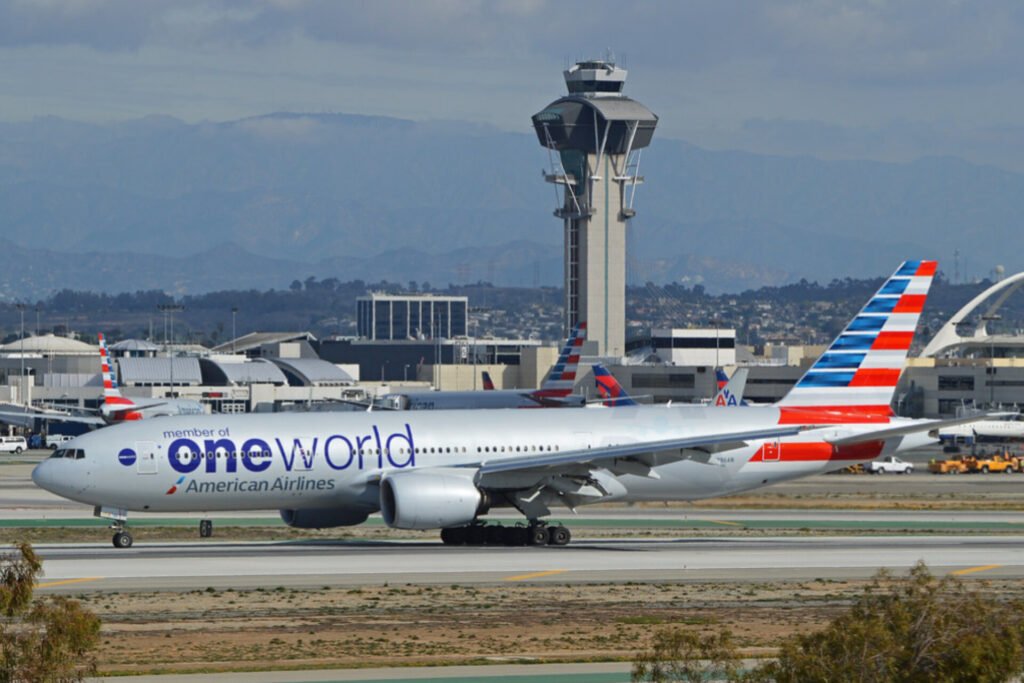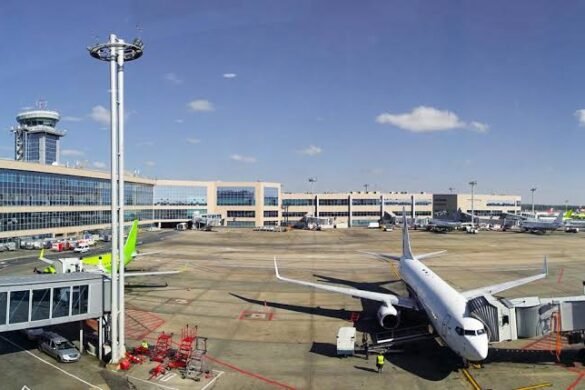An American Airlines flight traveling from Los Angeles International Airport (LAX) to Sydney Kingsford Smith Airport (SYD) in Australia was forced to make a U-turn mid-flight after a false alarm triggered an emergency response. The flight, which was en route to Sydney, was abruptly turned back shortly after departure due to a technical issue that was later determined to be a false alarm.
The incident took place on a daily transpacific flight operated by American Airlines (AA), which is one of the major carriers serving the route between Los Angeles and Sydney. AA runs two daily flights between these two cities, utilizing the Airbus A380 and Boeing 777 aircraft on the route. These aircraft are well-equipped to handle long-haul flights and are regularly deployed for the busy transpacific routes.In this case, the flight was diverted after the aircraft’s systems indicated a possible issue, prompting the flight crew to follow protocol and return to Los Angeles for further inspection. While the details of the alarm were not immediately clear, it was later confirmed that the situation was a false alarm, and there was no real danger to the aircraft or passengers. The airline, as well as aviation authorities, took swift action to ensure the safety of all passengers and crew on board.False alarms, while rare, do occur in aviation and can be triggered by a variety of factors, including minor technical glitches or anomalies detected by the aircraft’s onboard systems. When such alarms happen, the flight crew is trained to prioritize safety by following emergency procedures, which sometimes involve returning to the nearest airport or diverting to a safer location for further inspection.American Airlines has stated that the safety of its passengers and crew is always its top priority and that the aircraft returned to LAX without incident. The airline provided alternative arrangements for affected passengers, ensuring that they could continue their journey to Sydney once the aircraft was cleared for flight.This incident highlights the rigorous safety protocols in place within the aviation industry, where even a minor alarm triggers a thorough and swift response. It also underscores the complexity of modern aircraft systems, which are designed to detect even the smallest irregularities to ensure the highest safety standards are maintained during flights.American Airlines has a strong track record of safety and customer service on its transpacific routes. The flight from Los Angeles to Sydney is one of the busiest international routes for the airline, and the use of wide-body aircraft like the Airbus A380 and Boeing 777 helps accommodate the high demand for travel between the two cities.While the flight’s return to Los Angeles may have caused some inconvenience for passengers, it was ultimately a precautionary measure to ensure their safety. American Airlines has since apologized for the disruption and assured passengers that such events are handled with the utmost care and attention to safety. The airline also confirmed that all necessary checks were carried out on the aircraft, and it was cleared for a subsequent departure to Sydney once all safety concerns were addressed.In the end, the event serves as a reminder of the importance of safety in aviation and the professionalism of airline crews who respond swiftly and effectively in the face of unexpected situations.



